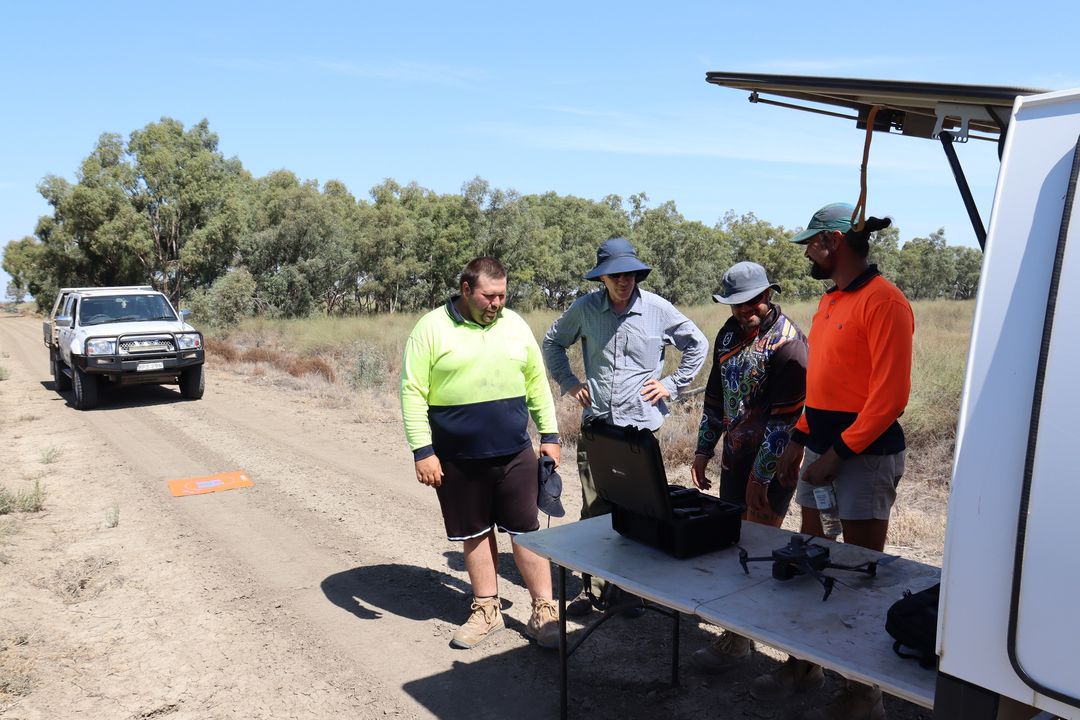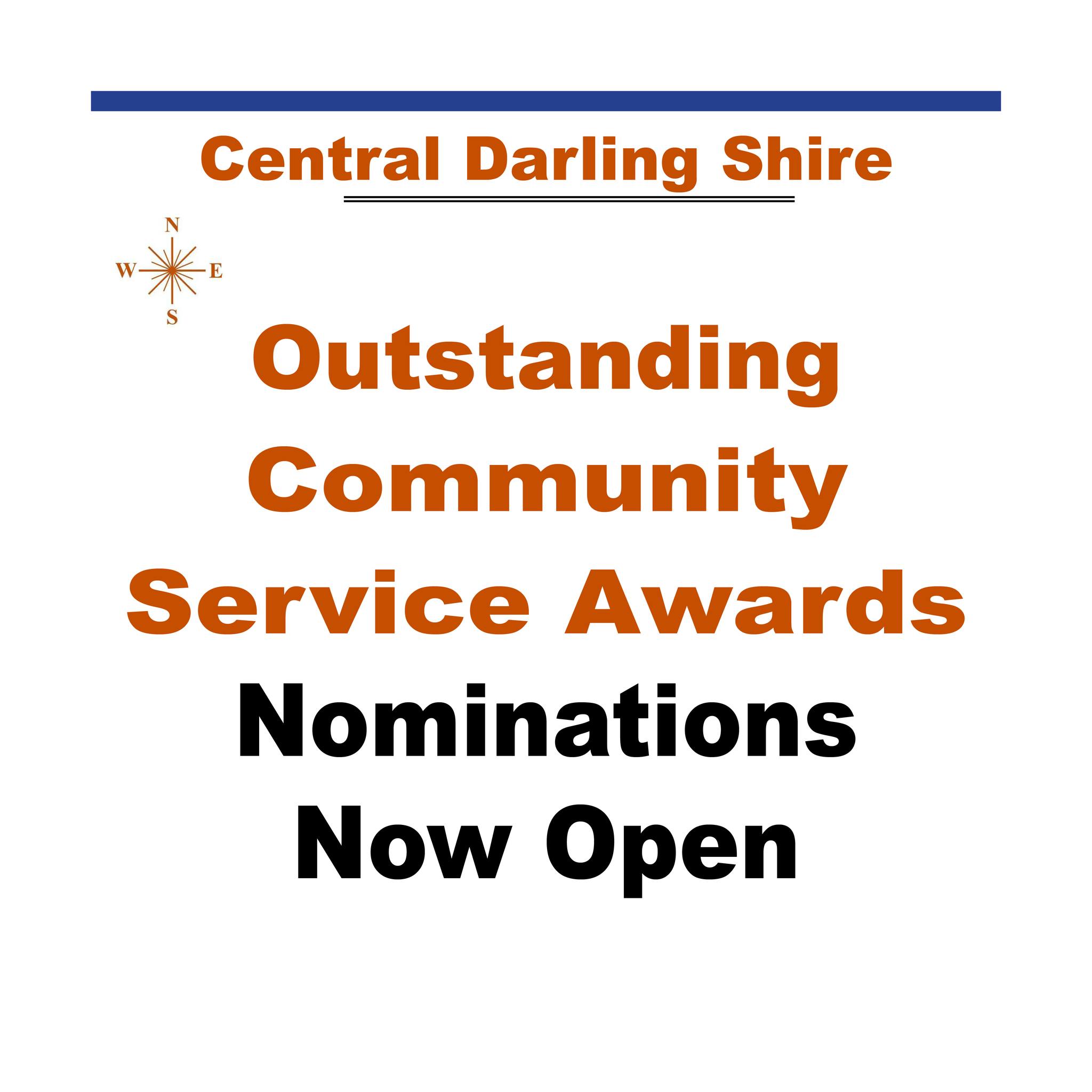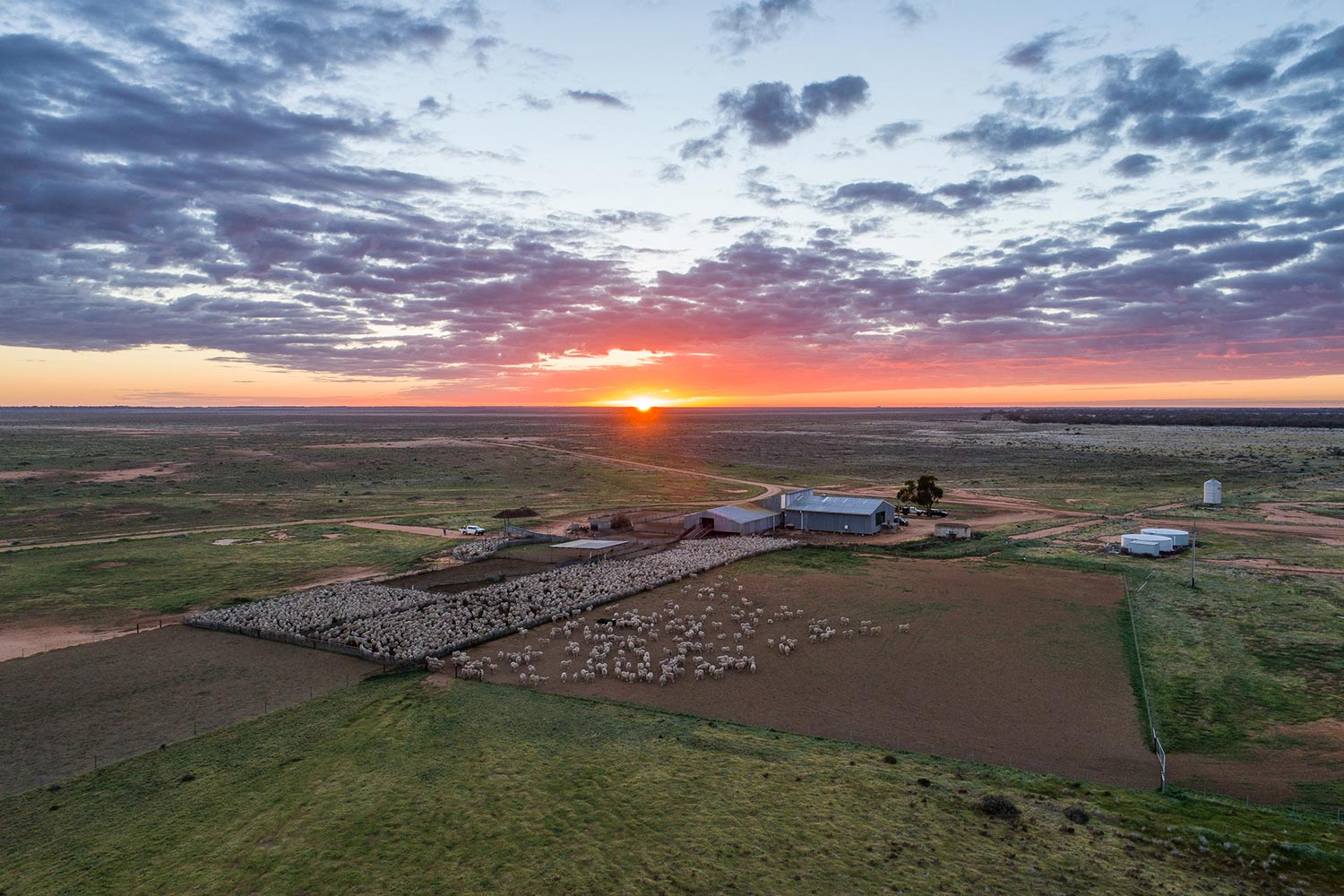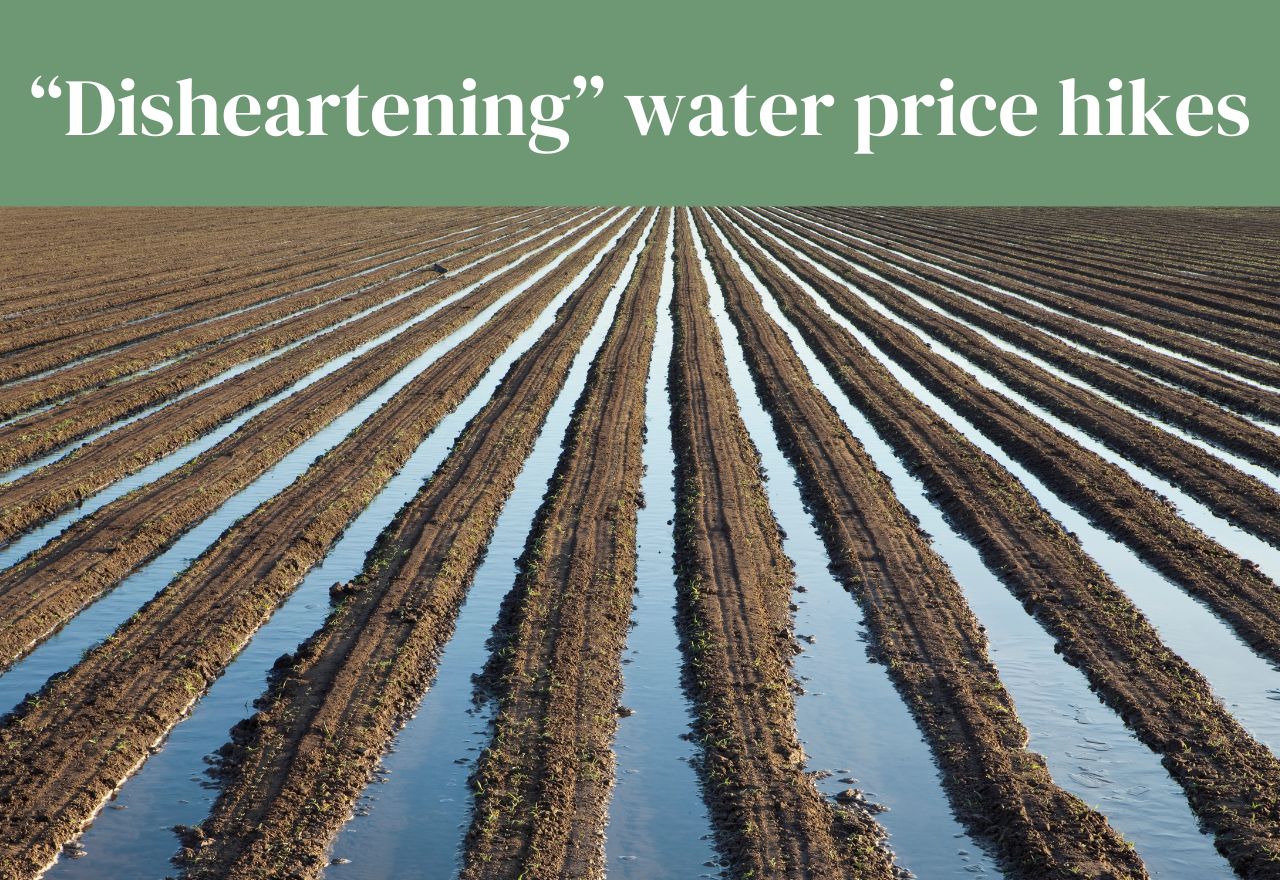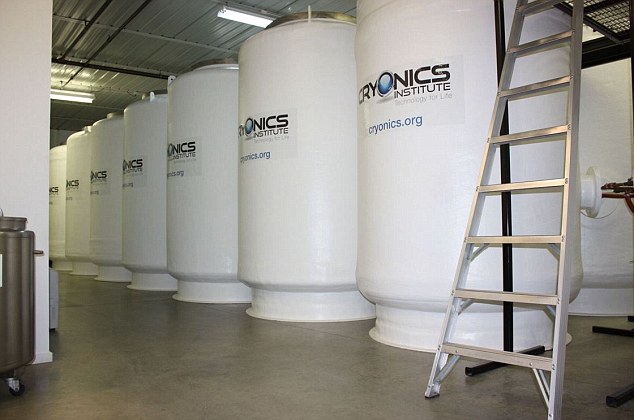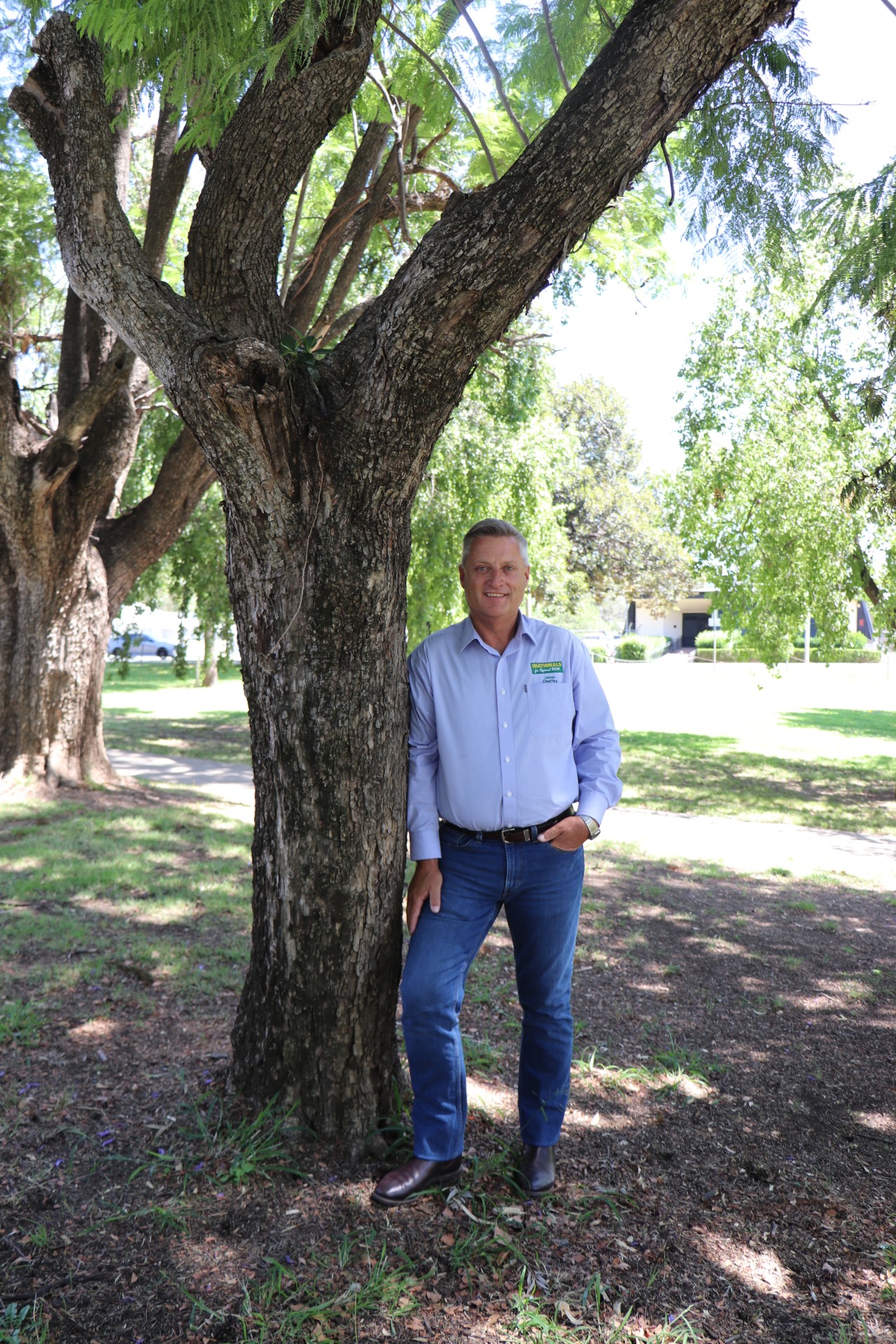What happens when Australia's renewables reach retirement age?
Krista Schade
29 July 2025, 5:00 AM

A new toolkit aims to provide communities and landholders with information.
The hum of wind turbines and the shimmer of solar panels are increasingly becoming familiar sights across Australia's rural landscapes. While these renewable energy projects are vital to our clean energy future, a crucial question arises: What happens when they reach the end of their operational life?
For landholders, communities, and local councils, understanding the full lifecycle of these installations – from their decades-long operation to their eventual "retirement" – is key to ensuring positive outcomes for our environment and our economy.
Farmers, landholders, and regional communities now have a new resource to understand the end-of-life considerations for renewable energy projects.
The Renewable Energy Alliance (RE-Alliance), an independent not-for-profit organisation, says it has developed a toolkit designed to provide clear and factual information regarding the various pathways available when renewable energy projects reach the end of their operational lifespan.
Andrew Bray, National Director of RE-Alliance, said the toolkit is timely, noting that some of the earliest projects are now nearing their operational limit.
“This presents an important opportunity for Australia to consider how we manage the next chapter,” Mr. Bray stated.
The toolkit has garnered support from farmers who have direct experience with renewable energy projects on their land.
"Retirement Age Renewables": A New Chapter, Not an End
Just like any technology, wind farms, solar farms, and battery storage systems have a life cycle. When we talk about 'retirement age,' we're referring to the point when these projects reach the end of their projected operational life, prompting important decisions about their future. Australia is already on this journey, with some of the first wind turbines installed in the 1980s now approaching retirement age after nearly 40 years. This isn't a distant problem; over the next decade, more than 1 gigawatt (GW) of wind, solar, and battery storage projects along Australia's east coast will reach retirement age, with numbers increasing more rapidly after 2030.
According to RE-Alliance, Australia has time to get this "next chapter" right, provided governments, industry, and communities collaborate to establish clear guidelines and protections.
How Long Do These Technologies Last?
The lifespan varies by technology, meaning retirement won't happen all at once:
- Onshore wind farms: Typically 30-40 years. Interestingly, some of Australia's oldest wind farms are surpassing their original 20-year estimates and are on track to run for 30 years or more.
- Large-scale solar farms: Generally 20-25 years.
- Big battery storage systems: Expected to last 20+ years.
- Offshore wind farms: 25-40 years.
- Hydro power and pumped hydro: These have much longer lifespans, ranging from 50-100+ years for hydro and 50-60+ years for pumped hydro.
Three Paths Forward: Refurbish, Repower, or Decommission?
When a renewable energy project reaches its projected end-of-life, there are three primary options:
- Refurbishment (Extend and Refresh): This means extending a project's life by replacing worn components with newer parts.
- For wind farms, this could involve replacing blades, rotor components, or even the entire nacelle (the power-generating unit) and turbine to improve efficiency and extend operations by 10+ years.
- For solar farms, it might mean replacing old panels with higher-efficiency models or upgrading power inverters.
- For battery storage, it involves installing newer, more efficient batteries within existing infrastructure.
- Benefits: This option extends project life, produces less waste, supports ongoing financial benefits for landholders and communities, and utilises existing grid connections.
- Repowering (Upgrade and Boost): This involves completely replacing all equipment on an existing site with newer, more efficient technology, potentially adding storage or other technologies.
- Wind farms can significantly boost electricity generation by replacing existing turbines with fewer, larger, more powerful models.
- Solar farms can replace panels and mounting frames with new, more powerful modules and bigger inverters.
- Battery storage can be repowered and expanded by installing new, higher-performing battery packs and upgrading inverters.
- Benefits: Repowering essentially creates a new project on an old site, leveraging technological advances to significantly increase power generation from the same land area, with fewer environmental impacts than developing new sites. It also ensures ongoing benefits for landholders and communities.
- Decommissioning (Dismantle and Restore): This is the process of dismantling and removing all equipment from a property, followed by rehabilitating the site as agreed with the landholder.
- For wind farms, this involves staged dismantling and removal of infrastructure or controlled demolition of turbines.
- For solar farms, panels, mountings, and electrical infrastructure are removed.
- For battery storage, all batteries, components, and associated infrastructure are removed.
- After removal, the property is rehabilitated or restored according to the agreement between the landholder and project owner, and relevant government rules. This is an essential part of the retirement process, ensuring the land can be returned to productive use.
A Case Study in Success: Ten Mile Lagoon Wind Farm
When the Ten Mile Lagoon Wind Farm in Western Australia retired in 2022 after nearly 30 years, it became a prime example of successful decommissioning. Synergy, the energy company, worked with local authorities to reuse materials for community benefit. Concrete foundations and road base materials were donated to the Shire of Esperance for local infrastructure projects instead of being sent to landfill. The site itself was restored in line with the land use agreement.
Furthermore, some components found new life: six turbines were refurbished for other renewable sites, and two were donated to North Metropolitan TAFE in Perth for clean energy training. This demonstrates how thoughtful planning can deliver lasting value even at a project's end.
Recycling Potential
Experts say many Australians are surprised to learn just how recyclable renewable energy technologies are:
- Wind Turbines: 90%+ Recyclable The vast majority of a wind farm's materials – including steel towers, aluminium, copper wiring, and cast iron – can be readily recycled. The main challenge lies with turbine blades, made of fibreglass and carbon fibre, though innovative solutions like using them in cement manufacturing are being trialled.
- Solar Panels: 95%+ Recyclable Nearly all components, such as silicon, aluminium frames, steel mounting structures, silver, glass, and copper wiring, can be recycled. Despite this high potential, only about 17% of household solar panels are currently recycled in Australia, highlighting a significant opportunity for improvement with more investment and government support.
- Battery Storage: Up to 95% Recyclable Battery systems contain highly valuable materials like nickel, cobalt, lithium, and other metals and minerals that are worth recovering. Currently, only about 10% of lithium-ion batteries are recycled in Australia, representing a substantial opportunity for the country to lead in material recovery as big batteries begin to retire.
Landholder Protections in NSW: What You Need to Know
Most renewable energy projects in Australia are hosted on private agricultural land through lease agreements. This makes clarity about who is responsible for removal, site rehabilitation, and financial protection crucial for landholders.
In NSW, project owners are responsible for decommissioning and site rehabilitation, with plans typically included in their project proposals. Landholders can request financial assurances in negotiations, and the NSW Government provides best practice clauses and a calculator to help inform negotiations and estimate costs.
Landholder agreements are legally binding contracts that set out rights and responsibilities. It's essential for landholders to understand key conditions and negotiate with developers, often with legal advice (which developers commonly cover the cost of).
Key questions landholders should consider when negotiating an agreement include:
- Timing: How long after the project ends will decommissioning begin, and how long will it take? Will payments continue during this period?
- Ground and Soil: How deep will the equipment be removed? What impacts will there be on future agricultural use? How will specific soil types be handled?
- Land Restoration: What standards will the owner meet when restoring the land? How close to its prior condition will the property be? Will topsoil be restored?
- Remaining Parts: Will any components remain after decommissioning, such as buried foundations, access roads, or fencing?
- Financial Guarantees: What guarantees exist to ensure funds are set aside for decommissioning? When will funds be set aside, and how is the amount calculated? Who controls this money? Options include decommissioning bonds, bank guarantees, parent company guarantees, or insurance products.
- Project Ownership Transfers: What happens to agreed retirement obligations if the project owner sells the project? How are landholders protected if the project owner goes bankrupt?
Bango Wind Farm, NSW: Unexpected Benefits
The Bango Wind Farm in NSW provides a fantastic example of creative reuse. During construction, a batch plant for concrete was established on Tom Gunthorpe's Kangiara property. Instead of dismantling it, Tom negotiated to keep the concrete pad, which was then levelled and tidied. Today, it serves as a drought lot, a contained feeding area for his cattle and sheep during dry times, protecting pastures. This demonstrates how thoughtful negotiation can deliver benefits beyond rental income, providing valuable assets that support farming operations for decades.
View the toolkit HERE
NEWS
SPORT
RURAL
